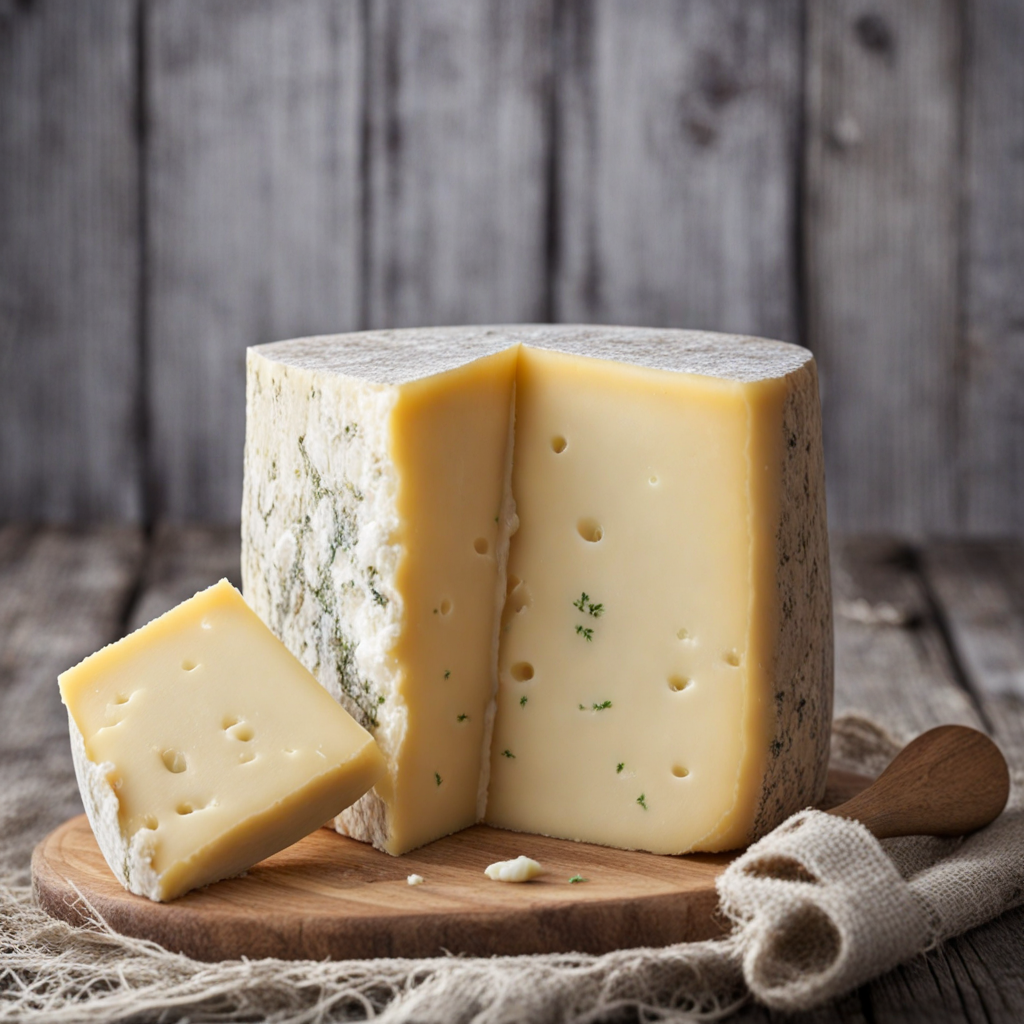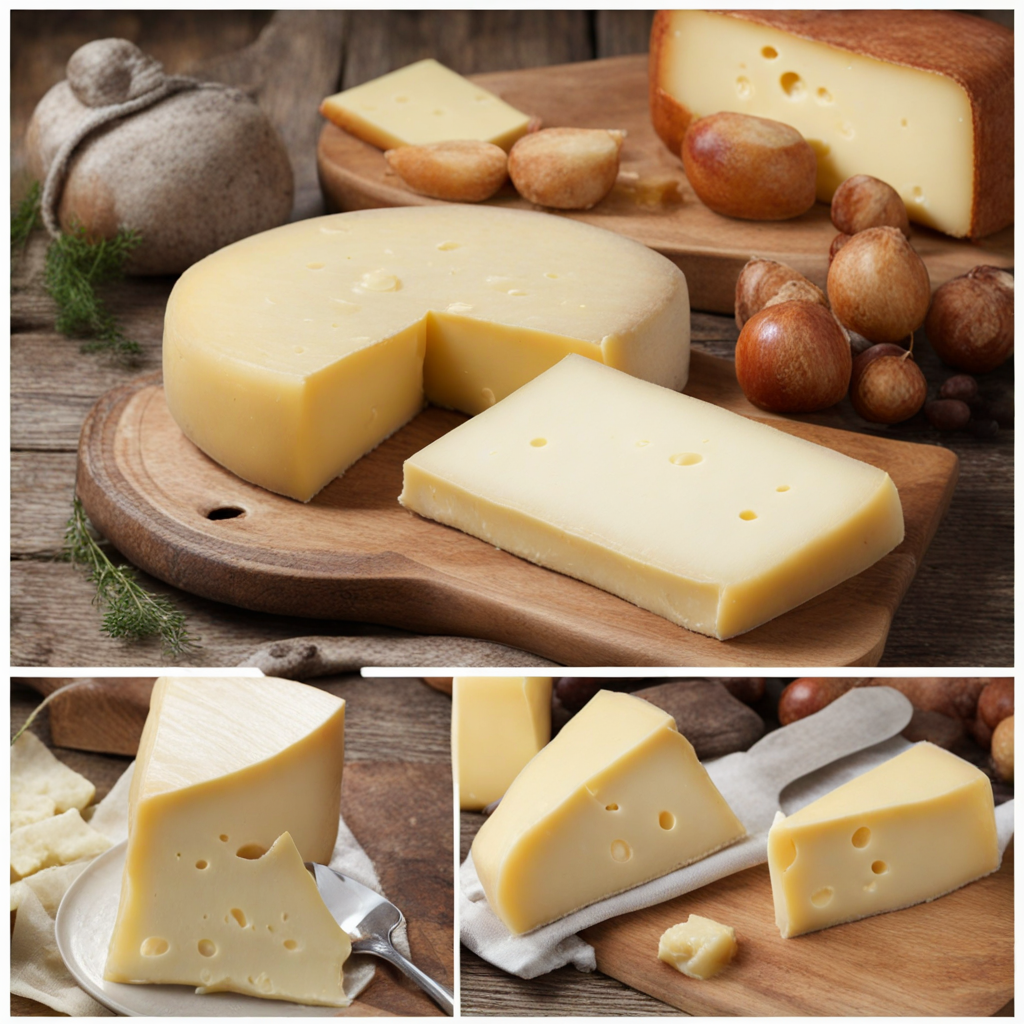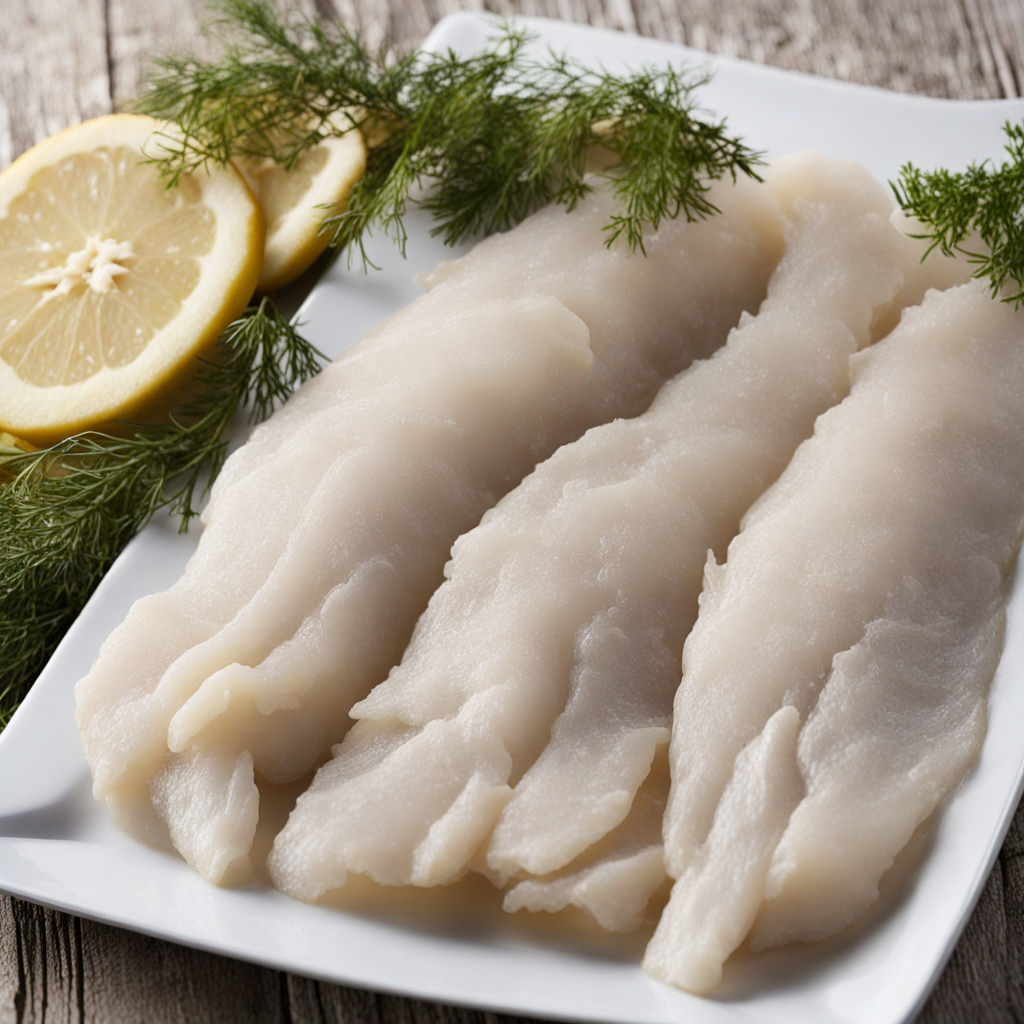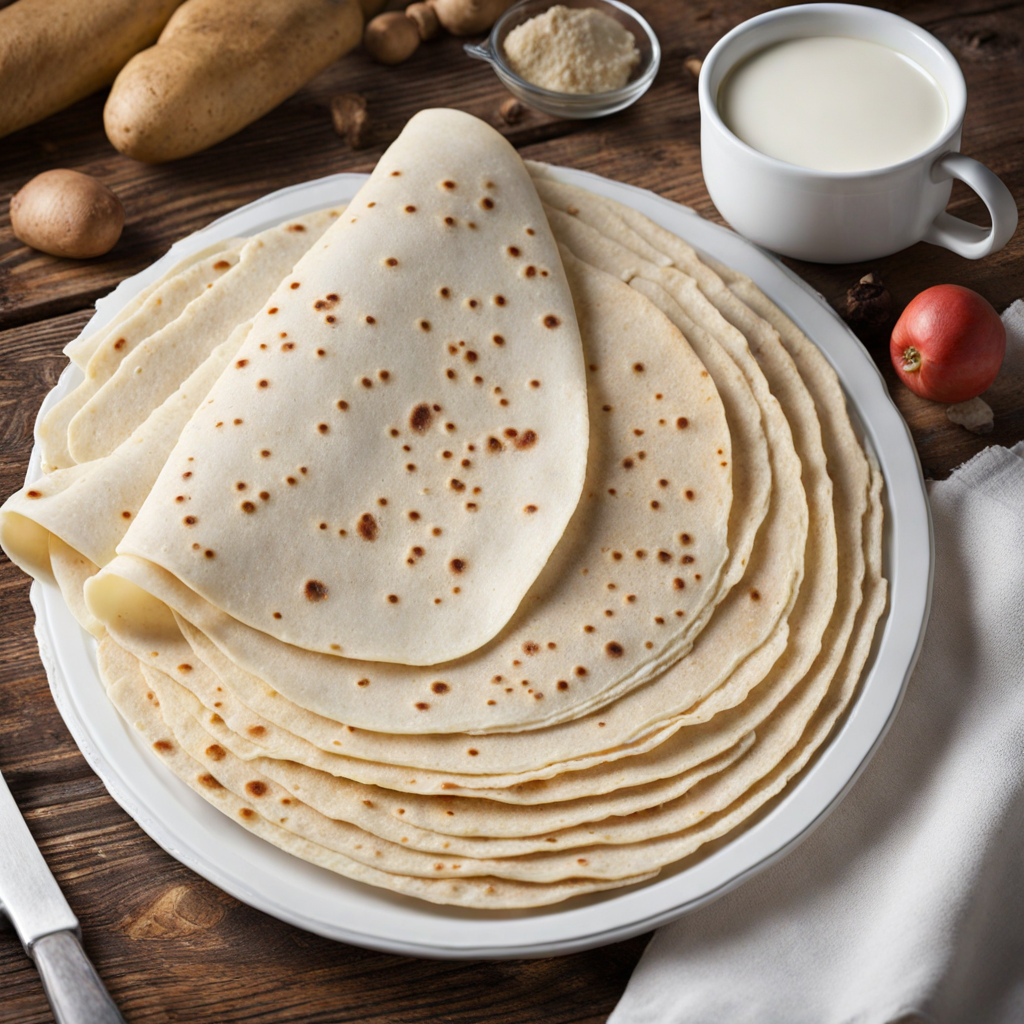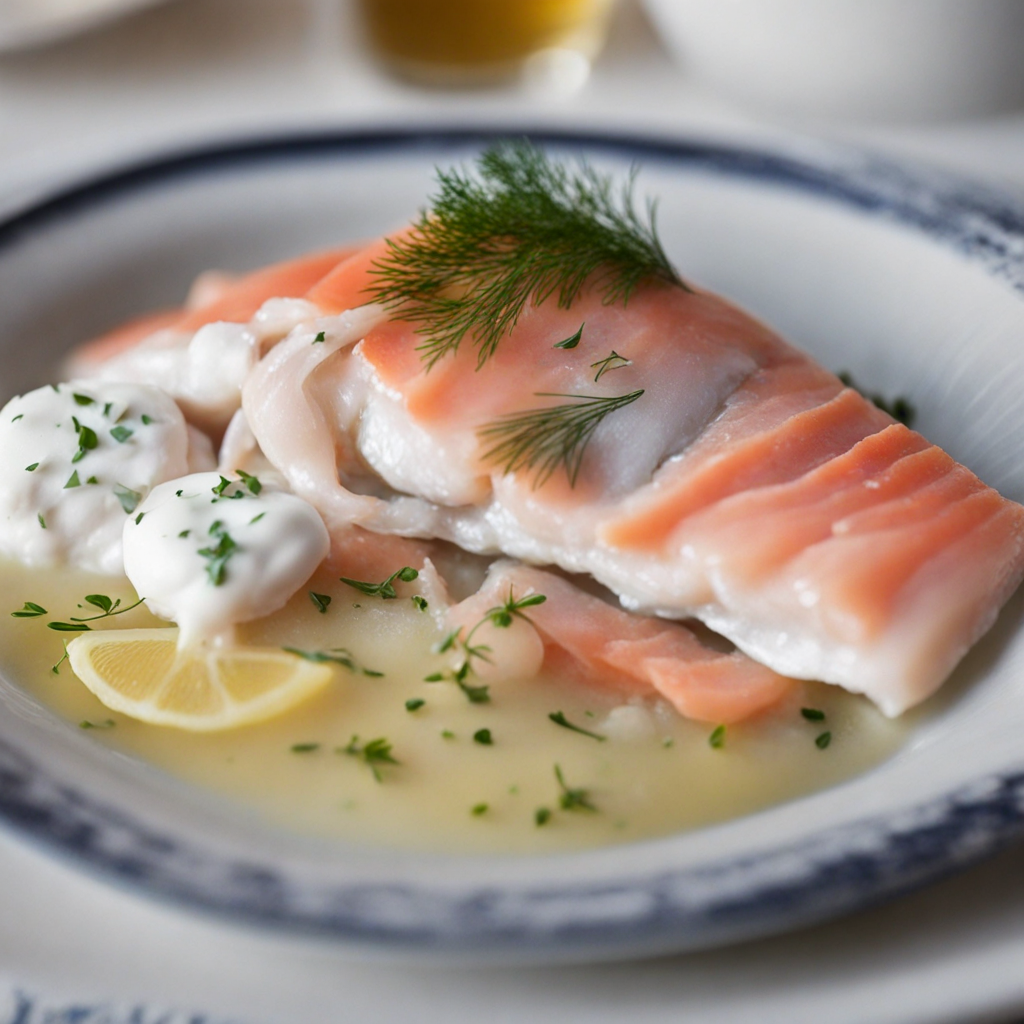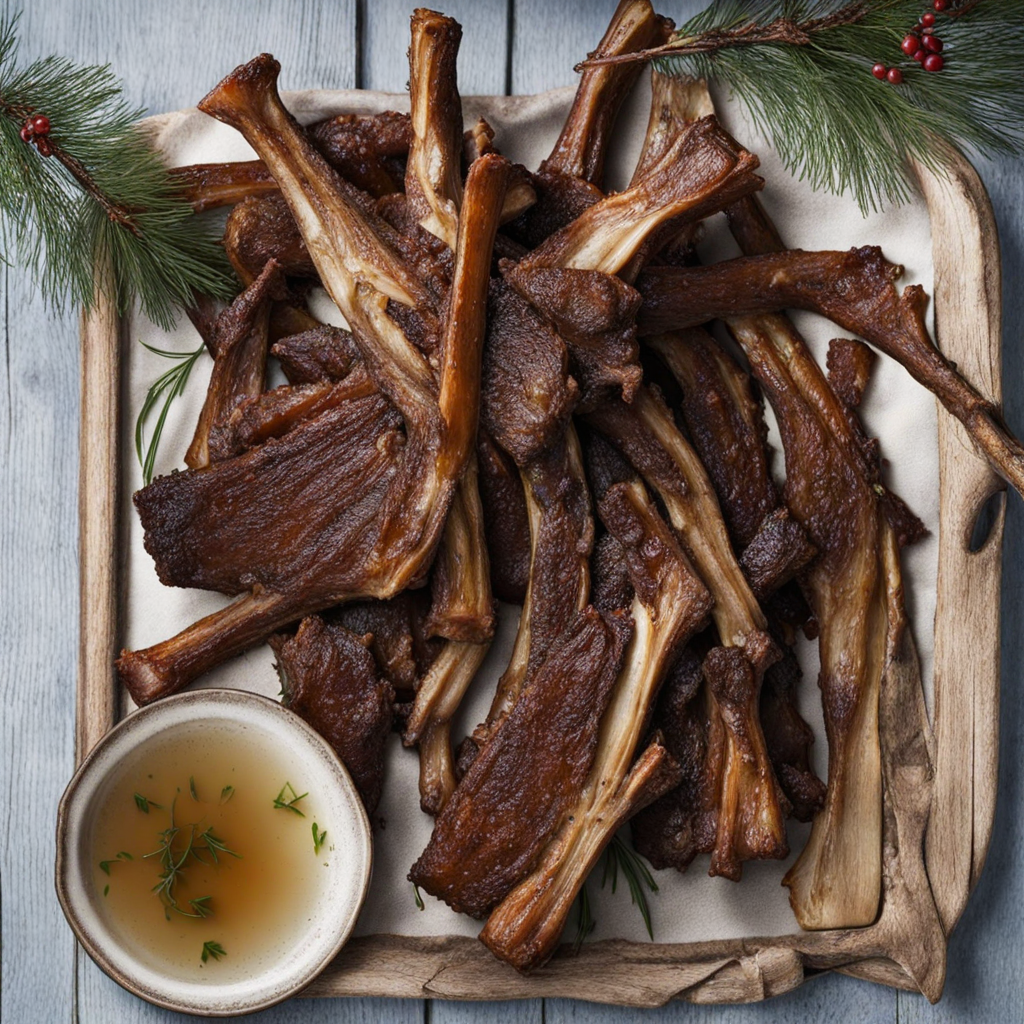Gammelost
Gammelost, a traditional Norwegian cheese, is a unique and intriguing product that has garnered interest both locally and internationally. Its name translates to "old cheese," reflecting its age and the traditional methods that have been used in its production for centuries. The origins of Gammelost can be traced back to rural Norway, where it was commonly made by farmers as a means of preserving milk and utilizing surplus dairy products. This cheese has deep roots in Norwegian culinary history, often associated with the rural communities of the country, particularly in the regions of Valdres and Hallingdal. The flavor profile of Gammelost is distinct and complex. It is characterized by a strong, pungent aroma and a robust, tangy taste that can be quite polarizing; some adore its boldness, while others may find it overwhelming. The cheese is typically semi-hard, with a crumbly texture that can vary depending on its age. As it matures, Gammelost develops further depth, often revealing nutty and earthy undertones, along with a hint of sweetness. The cheese’s flavor is intensified through the fermentation process, which is integral to its unique character. Gammelost is often enjoyed with dark rye bread, lingonberry jam, or even on its own as a part of a traditional Norwegian cheese platter. The preparation of Gammelost is a labor-intensive process that highlights the artisanal nature of this cheese. Traditionally, it is made from skimmed milk that is
How It Became This Dish
Gammelost: A Culinary Treasure from Norway Origins and Historical Background Gammelost, a traditional Norwegian cheese, is more than just a culinary delight; it embodies the resilience and resourcefulness of the Norwegian people throughout their history. The term "Gammelost" translates to "old cheese," a name that reflects both its age and its unique production process. The cheese has its roots deeply embedded in Norway's rural communities, where dairy farming was a vital part of life. The origins of Gammelost can be traced back over a thousand years, with its production likely beginning in the Viking Age. During this time, Norwegians were skilled in the art of cheese-making, using techniques passed down through generations. With the harsh climate and limited agricultural land, preserving food was essential for survival. Cheese, particularly Gammelost, became a favored method of food preservation, allowing communities to store nutrients for the long winters. Gammelost was traditionally produced using cow’s milk, but goat’s milk was sometimes used as well. The process involves curdling milk with rennet, after which the curds are drained and pressed. The unique aspect of Gammelost lies in its fermentation process. Instead of being aged like typical cheeses, Gammelost is fermented in a way that gives it a distinct flavor profile, often described as sharp, tangy, and somewhat caramel-like. This fermentation allows the development of a rich and complex taste, which has become a defining characteristic of the cheese. Cultural Significance Gammelost holds a special place in Norwegian culture. It is not merely a food product; it symbolizes a connection to the land and to centuries of culinary heritage. In the past, Gammelost was a staple in the diets of rural families, providing essential nourishment during tough winters when fresh produce was scarce. The cheese's high protein content made it an important source of sustenance for laborers and farmers who needed energy to sustain their demanding lifestyles. The cheese is often enjoyed with traditional accompaniments, such as flatbread or crispbread, and is sometimes paired with local preserves or cured meats. This combination highlights the importance of local ingredients and the art of pairing food in Norwegian cuisine. Gammelost is also a common feature in traditional festive meals, underscoring its role in cultural celebrations and family gatherings. In the 19th century, Gammelost began to gain recognition beyond Norway’s borders, particularly in rural areas of the Midwest United States, where Norwegian immigrants settled. The cheese became a symbol of their heritage, a taste of home that evoked nostalgia for their homeland. This diaspora helped to keep the tradition alive, leading to adaptations and variations that incorporated local ingredients while maintaining the essence of the original cheese. Development Over Time While Gammelost has maintained its traditional roots, it has also evolved over time. In the early 20th century, the industrialization of food production began to impact how traditional foods were made. Cheese production shifted from small-scale, artisanal methods to larger, more commercial operations. This change, while beneficial in some respects, posed a threat to the authenticity and quality of traditional products like Gammelost. However, in the late 20th and early 21st centuries, there has been a resurgence of interest in artisanal food production, driven by a growing consumer demand for organic and locally-sourced products. This movement has led to a revival of traditional cheese-making techniques, with a new generation of cheesemakers dedicated to preserving the heritage of Gammelost. One of the key developments in recent years has been the establishment of cheese-making cooperatives and local dairies that focus on sustainable practices and the use of raw milk. These producers are committed to maintaining the traditional methods of Gammelost production while also exploring innovative ways to promote the cheese to a broader audience. This includes participation in food festivals, culinary competitions, and collaborations with chefs who appreciate the rich flavors and versatility of Gammelost. The cheese has also been recognized for its health benefits, as it is rich in protein, calcium, and probiotics. As consumers become increasingly health-conscious, the demand for Gammelost has grown, prompting a new appreciation for this ancient food. Contemporary Recognition Today, Gammelost is celebrated not only in Norway but also internationally. It has garnered attention in gourmet food circles and is often featured in specialty cheese shops and gourmet markets. Chefs are incorporating Gammelost into modern dishes, pairing it with seasonal ingredients and elevating it from its humble origins to the heights of fine dining. The Norwegian government has also recognized the cultural significance of Gammelost, supporting initiatives to promote and protect traditional food products. This includes efforts to obtain geographical indications, similar to the European Union's Protected Designation of Origin, which would help preserve the authenticity of Gammelost and prevent imitation products from diluting its heritage. Conclusion Gammelost is more than just a cheese; it is a testament to Norway's rich culinary history and cultural identity. From its humble beginnings in rural farms to its place on gourmet restaurant menus, Gammelost tells the story of a people who have adapted and thrived in challenging environments. As it continues to evolve and gain recognition worldwide, Gammelost stands as a symbol of tradition, resilience, and the enduring power of food to connect us to our roots and to one another. In a world increasingly focused on sustainability and the appreciation of artisanal crafts, Gammelost is poised to thrive, reminding us of the importance of preserving our culinary heritage for future generations.
You may like
Discover local flavors from Norway


